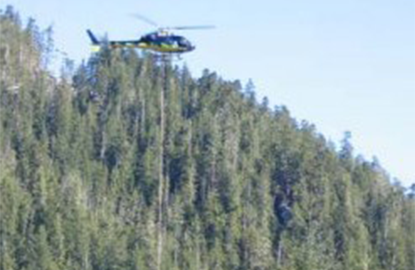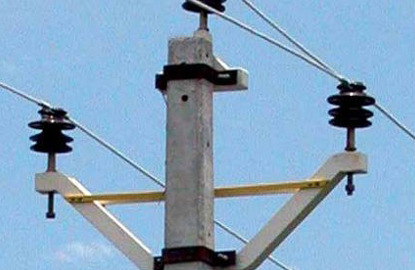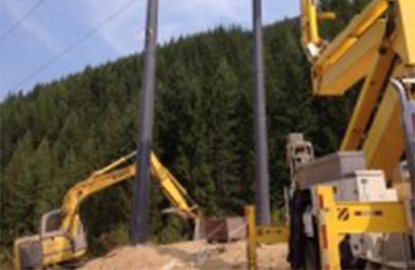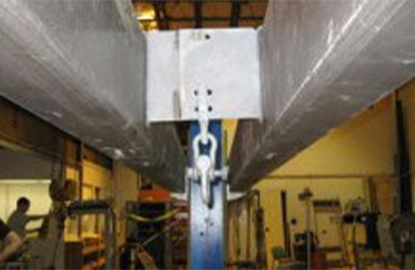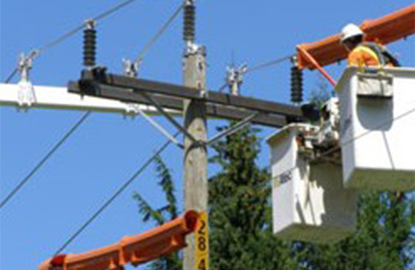Wood has been a popular material for transmission line construction since its upfront cost is relatively inexpensive when compared to substitutes such as steel and composite material. However, the quantity and quality of timber required for transmission structures continue to decline as a result of environmental degradation and deforestation.
As the demand for energy and its infrastructure increases, it becomes progressively difficult to procure large quantities of large structural timber pieces since only second-growth wood is available. Many newly installed wood cross arms fail within a short time and, according to some utilities, the newly installed timber cross arms are less reliable than some old wood cross arms that have been in the field for a long time.
Old-growth forests once occurred in all North American ecosystems although it is now difficult to determine their exact extent. Remnant old-growth forests and stands still remain, especially in the Pacific Northwest and down the Pacific coast to California. This region still contains about half the world’s remaining unlogged coastal temperate rainforest, with the greatest share in British Columbia.
The decline in old-growth forests was largely driven by increasing worldwide demand for timber and high prices of wood in the 1970s. In recent years, losses due to timber harvesting have slowed because of increasing environmental concerns including the desire to preserve natural forests and to prevent further destruction of critical wildlife habitat and biological diversity. The west coast of North America has seen strident opposition to resource extraction projects in the last two decades, most notably in British Columbia’s Clayoquot Sound, where one of Canada’s largest forest products companies announces in 1998 that it would phase out clear-cutting in British Columbia and design a new strategy focusing on old-growth conservation.
In the long term, it is expected that present energy systems will not be enough to provide capacity for the North American population. Expansion of energy networks will demand new and innovative material solutions. Alternative materials like composites have a fast turnaround for delivery and plentiful supply. Several Gulf Coast utilities are exploring this aspect to develop a quick-response method for hurricane-damaged distribution circuits using composites to mitigate their reliance on timber. High voltage power transmission structures like poles and cross arms are increasingly constructed out of composite materials such as fiber-reinforced polymers, or FRP.
While it is clear that traditional materials such as wood will continue to be used in transmission line construction across North America, alternative materials such as composites will become increasingly popular with energy distributors.
If you’re interested in learning more about FRP products, check out our products page or contact us for an expert consultation.
